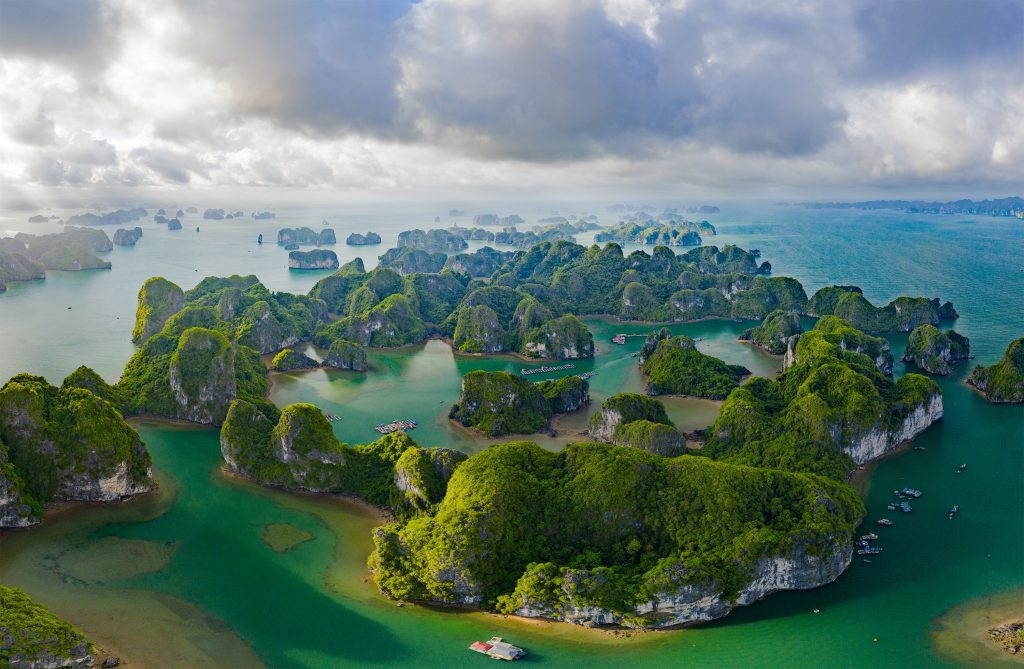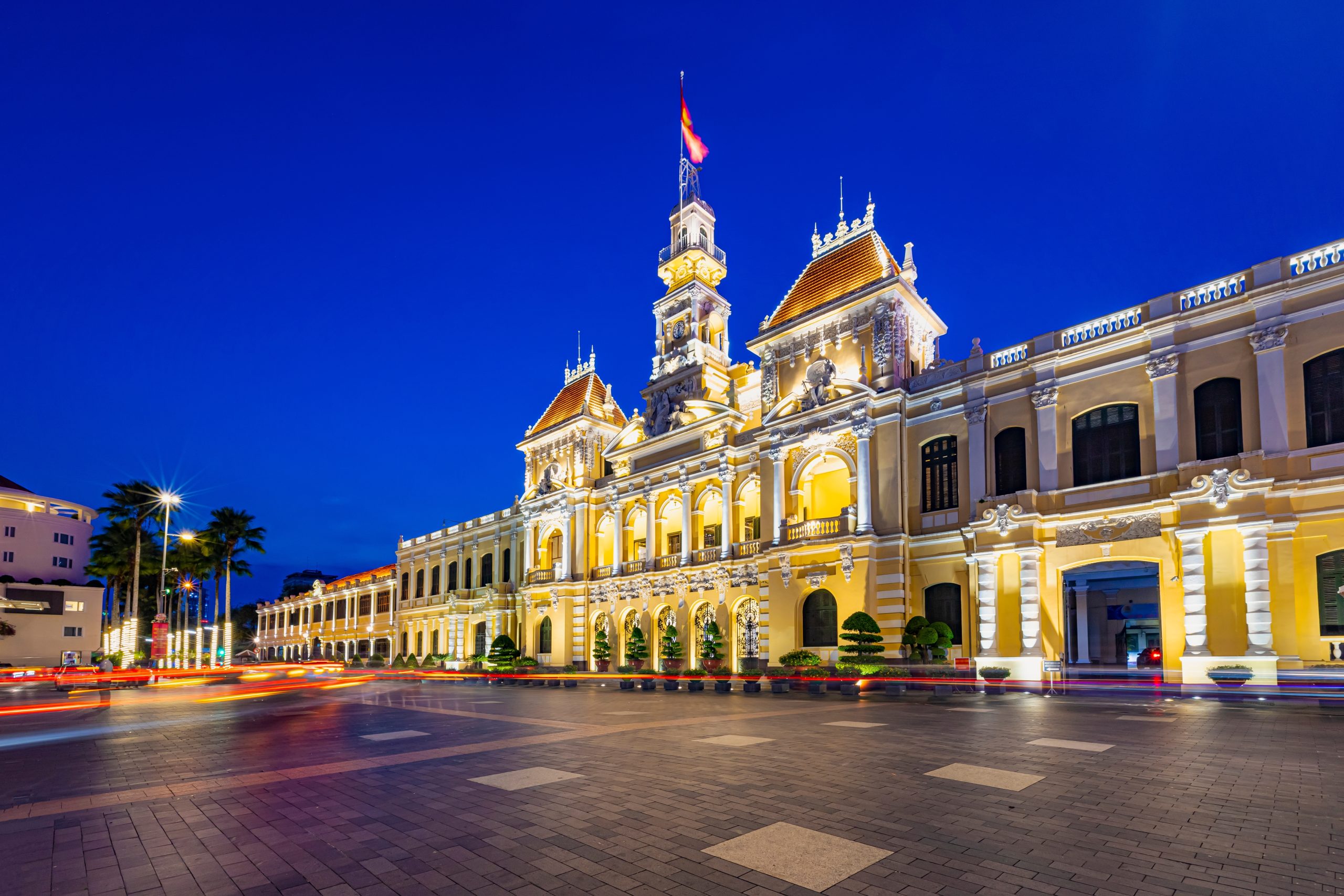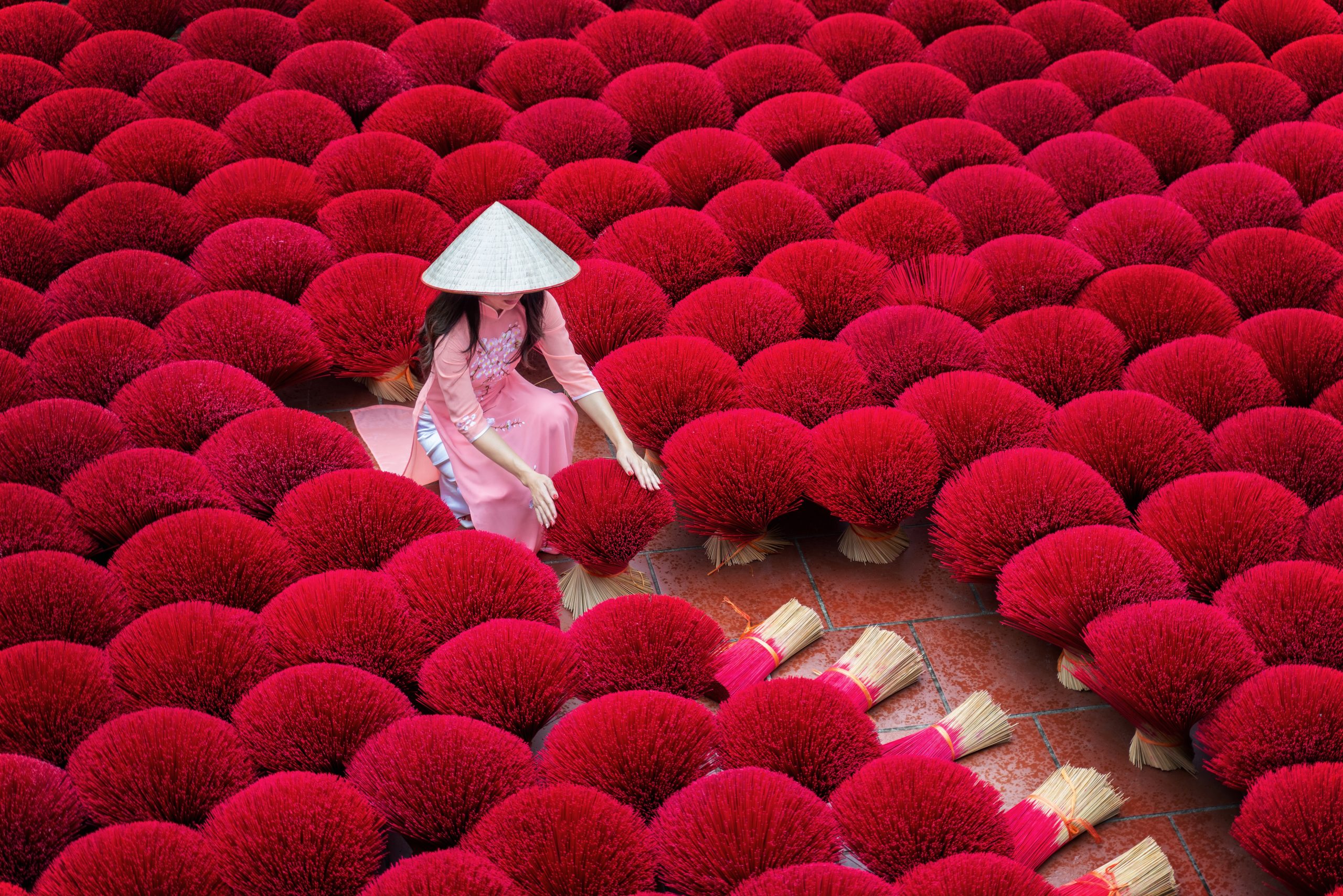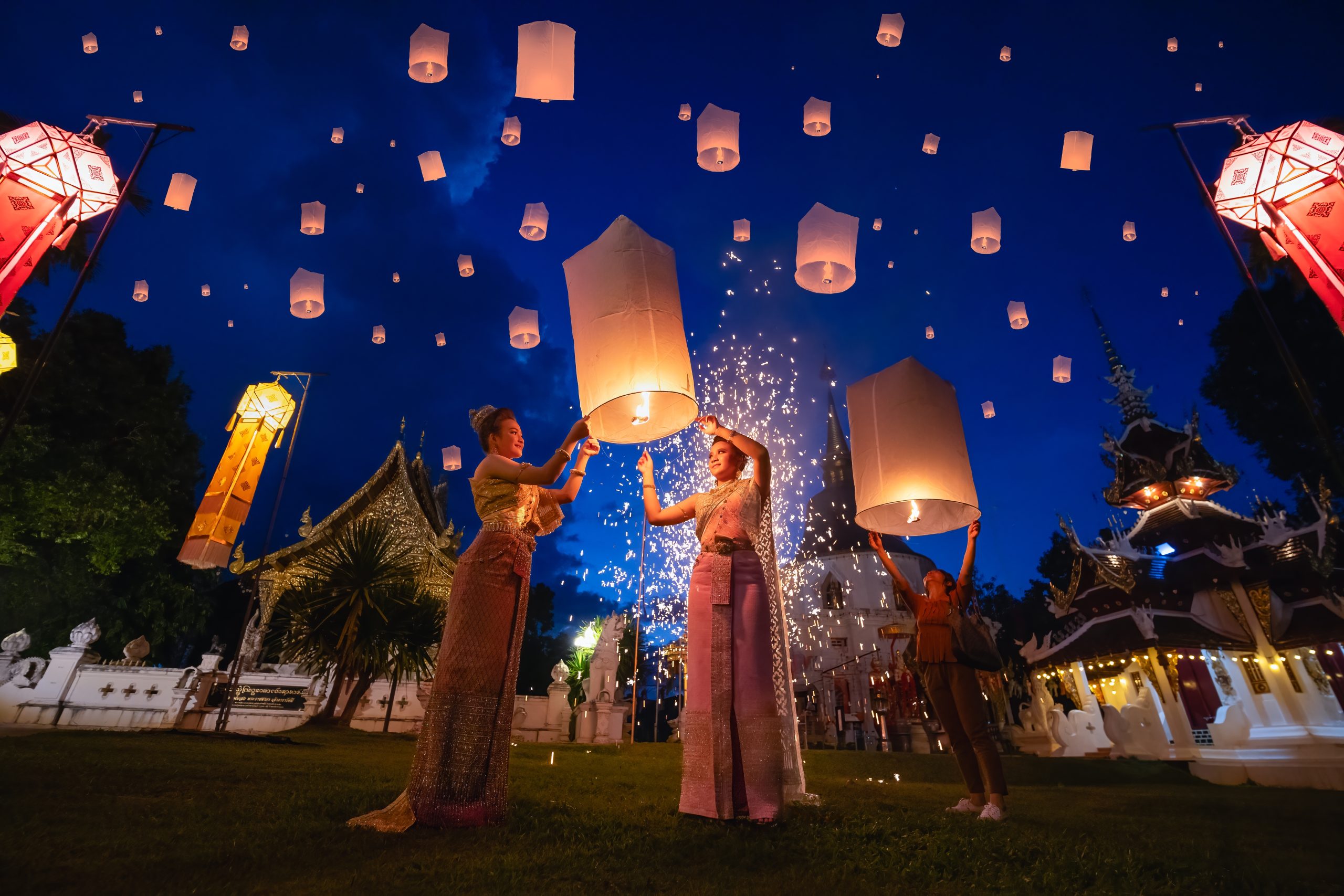
Vietnam’s tourism sector is surging in 2025, with increasing global interest in its blend of history, nature, culture and gastronomy. For inbound operators and destination planners, there are plenty of locations that embody this appeal. In this article, we feature five of the most popular destinations for visitors to Vietnam: Hanoi, Ha Long Bay, Hoi An, Ho Chi Minh City, and the Mekong Delta.
- Hanoi
As the political and cultural capital, Hanoi continues to charm visitors with its graceful mix of colonial architecture, winding alleyways and lakeside calm. The Old Quarter remains the heart of the city, where streets are packed with local markets, street food stalls and pedestrian life. Nearby, the Temple of Literature, Hoan Kiem Lake and the water puppet theatre offer engaging cultural touchpoints. Many travellers also use Hanoi as a gateway to northern excursions — whether to mountainous regions or Ha Long Bay. Its balance of heritage and modern amenities makes it a strong first stop in any Vietnam itinerary. - Ha Long Bay
Few images are more synonymous with Vietnam better than those limestone karsts rising from emerald waters, and Ha Long Bay remains a UNESCO-listed icon for that reason. Cruise operators continue to expand their offerings — from overnight junk‐boat journeys to more premium boutique vessels exploring lesser-visited locations nearby, such as Bai Tu Long or Lan Ha Bay. Activities like kayaking, cave exploration and village visits still form the core appeal. As operators push for more immersive, luxury and sustainable cruise experiences, Ha Long Bay retains its central role in Vietnam’s tourism product mix. - Hoi An
Hoi An’s appeal lies in its human scale and rich layering of history, art and everyday life. The Old Town—declared a UNESCO World Heritage site—is characterised by yellow shophouses, wooden facades, lantern-lit evenings and narrow alleys. It is also a centre for artisanal trades and tailoring. The cultural atmosphere is amplified by riverside dining, lantern festivals and cycling through rice paddies in the surrounding countryside. For travellers seeking a slower, more atmospheric contrast to larger cities, Hoi An continues to be a must-visit location. - Ho Chi Minh City
Vietnam’s commercial powerhouse is also its most energetic and dynamic city. Ho Chi Minh City (Saigon) offers a heady mix of French colonial buildings, lively markets, skyscrapers and a booming café and nightlife culture. Its role as a major international transport hub ensures strong connectivity. Cultural landmarks like the War Remnants Museum, Notre Dame Cathedral and the Reunification Palace anchor its heritage dimension. More recently, large public events—such as drone shows and arts performances—have added new vitality to the evening economy. For tour operators targeting urban enthusiasts and business-leisure travellers, HCMC remains a key gateway. - The Mekong Delta
Stepping beyond the urban and coastal fronts, the Mekong Delta offers Vietnam’s most distinctive riverine landscapes and cultural life. At dawn, floating markets awaken with frenetic trade on narrow canals; rice paddies stretch to the horizon; mangrove forests frame waterways; and village life unfolds along tributaries. These immersive waterborne experiences resonate strongly with travellers seeking authenticity and off-beat rural charm. As global demand grows for slow travel and nature tourism, the Delta’s mix of ecology, agriculture and people offers real differentiation.
Vietnam’s tourism boom in 2025 opens opportunities for diversified product development. These five destinations combine strong brand recognition, cultural depth and scalable infrastructure, making them a popular and workable selection for inbound visitors. Prioritising connected itineraries that link these nodes will help capture rising demand, while also spreading visitor flows across regions.
Panorama Destination Vietnam offers a range of tours to each of these locations, and can craft bespoke itineraries that connect them together. For more information, please visit our website or get in touch.




